Let me introduce you to the new DStv triple view system, which is a 3 decoder ExtraView setup. By this new technology, 3 decoders would be linked in one account, married in an extraview while the customer pays only for one decoder. However, how much do you know about the 3-decoder DStv triple view system? This article explains everything you need to know about the new triple view from MultiChoice DStv.
DStv Triple View ExtraView has remained active and functional in South Africa and few other African countries for over three years now. Also called the 3 decoder ExtraView, the new technology solves the problem of connecting three primary televisions and unlimited number of secondary points in your home. Traditionally, the ExtraView from MultiChoice DStv is a 2-decoder System where one views two decoders while paying into a single account at no double charge. Fortunately, advancements in technology brought in an extra decoder, making it triple view in a single setup.
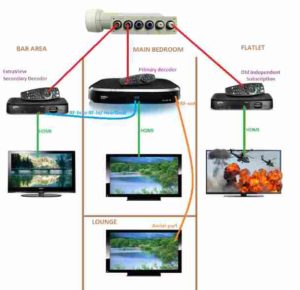
What is the DStv Triple View ExtraView (3 Decoders)?
Interestingly, MultiChoice introduced a Triple View ExtraView, where 3 decoders links to each other – one primary and two secondary decoders. This is while you pay into a single account and for a single decoder. However, Nigeria has not come to terms with this new innovation in satellite TV technology. Could you believe that Nigeria provides the largest market for the MultiChoice DStv pay-TV brand?
The 3-decoder combination has very specific installation requirements. An Explora must be the Primary decoder. Generally it is best if the Explora model 2A becomes the Primary decoder when the combination includes an Explora model 1.
DStv 3 – Decoder Triple View ExtraView for Communal Dish
The appropriate LNB for a triple view extraview or a 3 decoder extraview would be a Smart LNB. However, in the case of a more complex communal dish setup, a 24-1Z multi switch comes into play. This model of MultiSwitch device combines with either a Quad LNB, (an LNB with 4 universal outputs), Unicable LNBs or other multi-output LNBs. The MultiSwitch ensures the emergence of a Unicable signal cable, which the DStv Triple view 3 – decoder ExtraView can appropriately function.
Best DStv 3 – Decoder Triple View ExtraView for your Home
There are many types and models of Smart LNBs (SLNB) in the market today. However, a simple home triple view ExtraView or 3 – Decoder ExtraView setup can go with an SLNB model LMX501. This type has 3 Unicable ports + 1 universal port or LMX 500 (4 Unicable ports + 2 Universal cable ports) and would be most appropriate. In the case of a Zappa HD 4U decoder, the 4U decoder can connect to either a universal port or to a Unicable LNB signal port.
How to Connect HeartBeat cable for a DStv triple View
Here are two major ways to connect the Heartbeat cable for any triple view Extraview setup;
RF HeartBeat Connection Method
There are two ways – one distributed via a separate cable between the decoders connected to the correct RF ports. In this type of HeartBeat connection, a connected RF–IN or RF–OUT port of any decoder must correspond with its ExtraView settings. You can set this with the decoder’s remote control. For instance, if the primary decoder links through its RF–IN port, its MENU EXTRAVIEW setting must set on RF–IN and vice versa.
The LNB HeartBeat Connection Method
This connection method for HeartBeat utilizes the LNB in which case it should be the DStv Smart LNB. Interestingly, the Smart LNB has the ability to transmit both satellite signals and inter-decoder communication at same time. This type is most suitable for DStv decoders without the RF ports like the new HD5 – Series, 4U HD decoders etc. In this case, install a DStv diplexer behind the decoder firstly.This combination MUST use a Unicable port for the 4U decoder and NOT a universal port on the SLNB.
In recent times, a lot of DStv Triple View ExtraView users have been complaining about intermittent HeartBeat interference, which is almost always caused by a bad cable connector somewhere in your setup that is temperature or light sensitive. The only way to work out why is to know precisely how the HeartBeat HB cabling has been done and what other splitters or combiners there are in the mix.
In our next publication, we shall show you some shocking discoveries about how Infra Red emitting lights affect your decoders – especially decoders involved in ExtraView setups and their HeartBeat Communication problems – E 143.
Please keep following and remember to share this post, you might be helping a friend solve related problems as you do so.
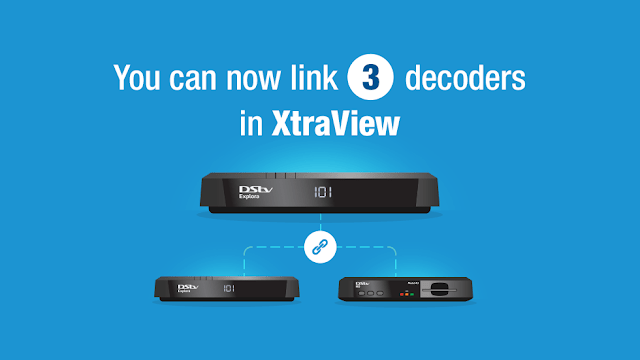
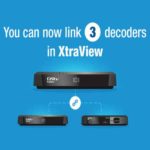
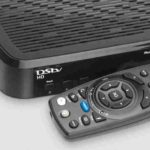

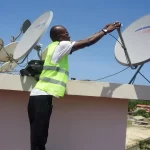
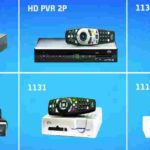

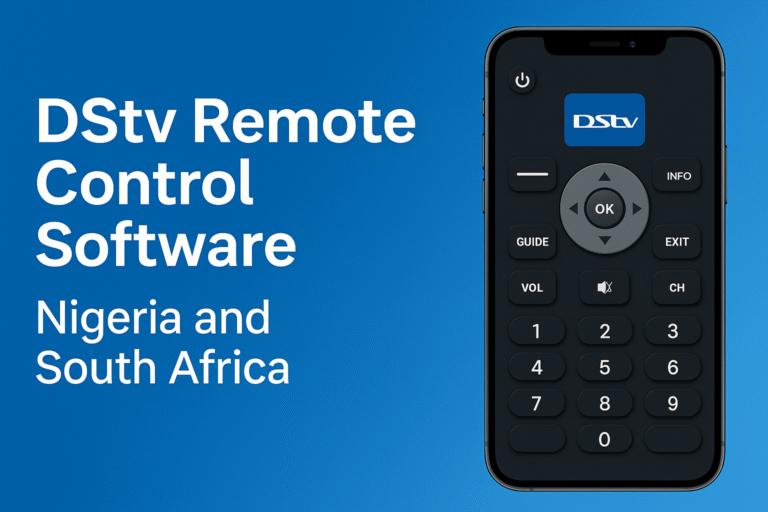
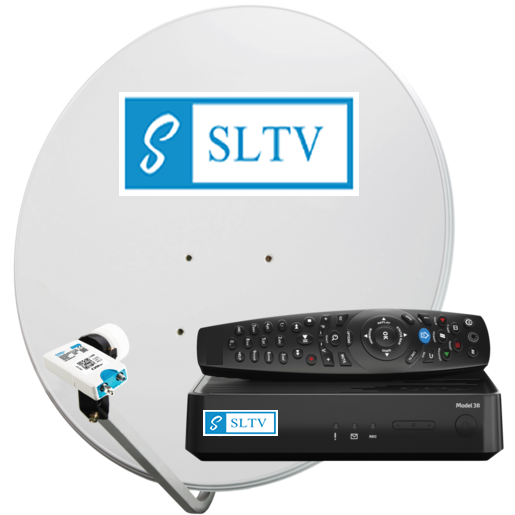
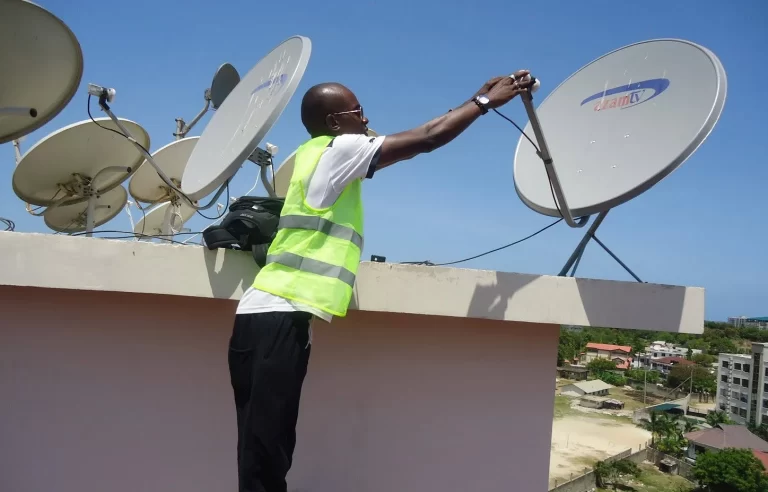

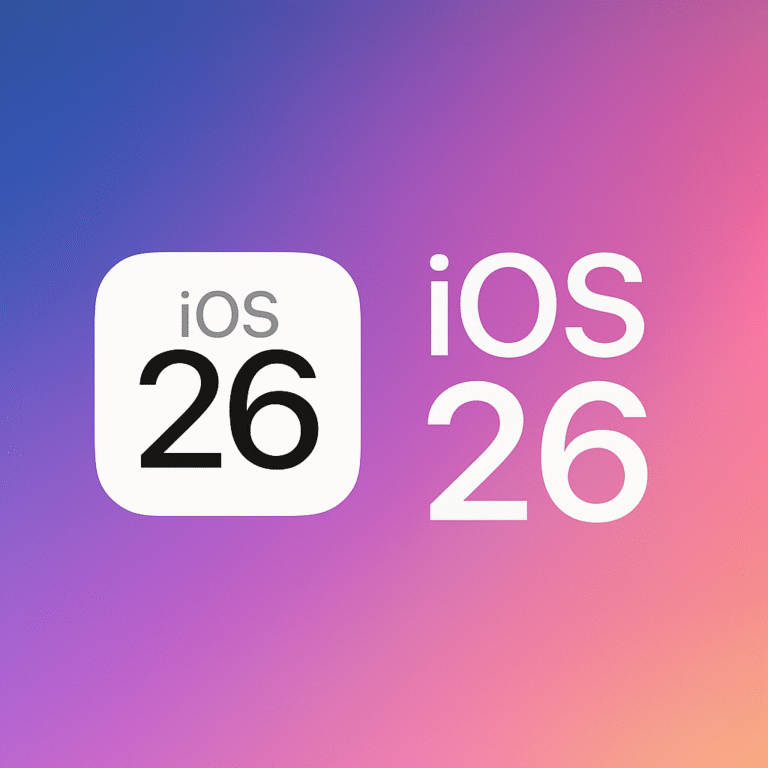

I’m an accredited installer for my district for over 27 year with DStv and I’m very greatfull of the knowledge and learning I’m getting through this of which I have increased my technical knowledge which I’m going to practice it in time over and over as I continue to research for more.